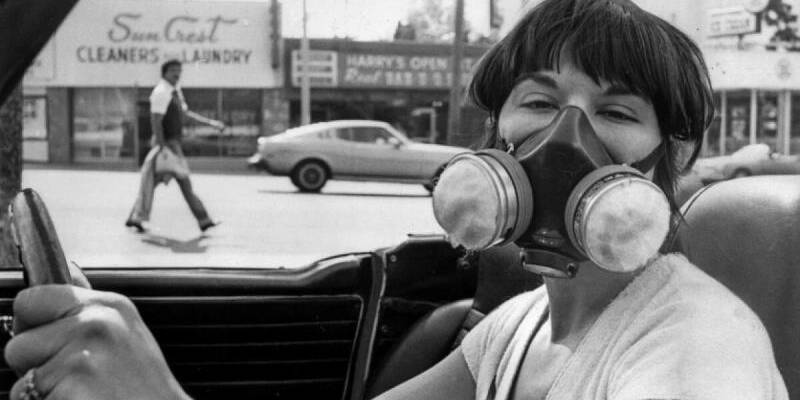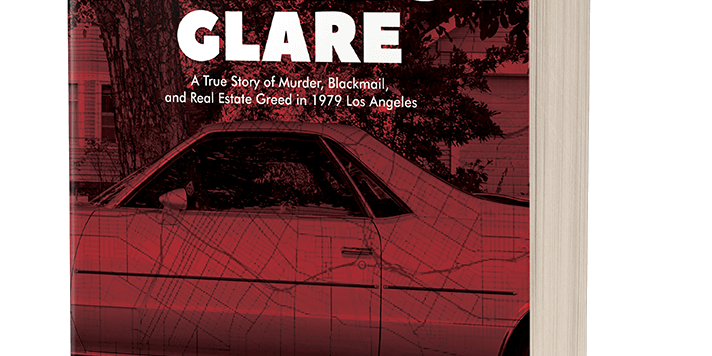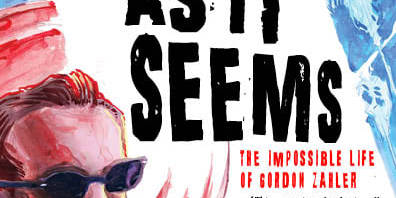
Veteran driver Jeff Herman is no stranger to the violent, bizarre twists of MTA Line 420, but the encounter with the armed man three years ago seems as vivid as yesterday’s shift.
“It was 6 a.m. on a Sunday morning, and this man, he smelled real bad and had a big garbage bag, he pulled a gun and pointed it right at me,” said Herman.
“He started yelling, `Do you know who I am? I just got out of San Quentin.’ ”
Thinking fast, Herman replied, “I’m sorry, I didn’t recognize you. Please don’t kill me – here’s two free transfers.”
“All of sudden, he started smiling. He said, `You know what? I’m going to come back and kill you another day.’ ”
Just another day on Line 420, the San Fernando Valley’s most dangerous bus route, which starts its southeasterly trek to downtown in Panorama City and runs through Van Nuys, past Universal Studios, then through Hollywood.
There were 14 assaults on the route last year and double that in 1994, records show.
While deemed the most dangerous route in the Valley, route 420 is far from the most crime-riddled in the Metropolitan Transit Authority system, the country’s second largest bus network.
In terms of violent crime, routes traversing Wilshire Boulevard, Vermont Avenue and Santa Monica Boulevard are the most risky, statistics show.
Wilshire was the worst last year, with 26 reported assaults. Behind Line 420, route 424 between Canoga Park and downtown Los Angeles and Line 163 linking West Hills with Hollywood had the most problems.
Operators working Line 420 say they don’t need to see official figures to know that their passengers often include newly released inmates from the Van Nuys jail, unruly teen-agers from nearby high schools, thugs targeting homeless people or drunks, or people overflowing with racial strife.
“Between 5 and 10 p.m., that’s when it gets pretty violent,” said Michael Barnes, a 12-year veteran driver. “Kids egg us, rock us, bottle us. Then there’s taggers – there’s a lot of taggers.”
Under the agency’s anti-graffiti program, painted markings are cleaned from MTA buses at the end of each shift. So the taggers now etch their work into the bus window glass, where it’s harder to remove.
Toward the back of Barnes’ bus on a recent day, passenger Rita Trubow stood in the aisle and calmly described the three fights she’s seen on her way to and from work at Universal Studios.
Behind her, the bus mirror was etched with graffiti and the windows were scratched up with various gang slogans and monikers.
“Until I get my car fixed, I’m going to have to do this. For some people, it’s the only way they can get around,” Trubow said.
One fight, she said, started when a passenger didn’t like the way another looked at him. Another time, Trubow recalled, “someone started a conversation with a guy’s girlfriend and they got upset.”
Passenger Jose Gonzalez, 16, said fights are routine on the MTA system.
“Daytime, nighttime, there’s always fights on the bus,” he said. “Both verbal and physical. Especially right now, there’s racial fights.”
Others say the buses are not unusually dangerous.
“I’ve been riding this bus for 15 years,” said Marc Denton, a postal carrier. “There’s people writing on windows, peeing on the bus, people throw up because they’re drunk, but I have not seen any violence or any assaults. (The worst problem is that) somebody might yell at somebody else.”
Overall serious crime on the MTA system dipped to a five-year low in 1995, despite problem areas of robberies and assaults, transit police figures show. Crime peaked in 1993, with an overall drop of 10 percent from 1991 to 1995.
While serious bus crime has declined roughly 10 percent over the past five years, street crime citywide plunged 31.4 percent during the same span, according to Los Angeles Police Department figures.
The expanding transit police force also had fewer riders to guard, with 343.1 million taking MTA buses last year – a 15 percent drop since 1991.
Also, the 1,219 serious crimes reported last year don’t include scores of incidents handled by Los Angeles police and other law enforcement agencies responding to bus violence. They could add up to 15 percent more to the tally, MTA Police Chief Sharon Papa said.
Even so, “We’re making some progress,” said Papa. “We absolutely need more resources, but we’ve also been able to keep an impressive record.”
Copyright Los Angeles Daily News
Related Posts
The Brown Air Prequel for our Climate Change World
Why the Sky Disappeared, and Why L.A.'s Smog-Choked…
At Christmas, “It’s A Wonderful Life.” In 2022, hopefully it’ll be a series about a life as Impossible as it is Strange!
Mercury Media has optioned its inaugural title, the…




